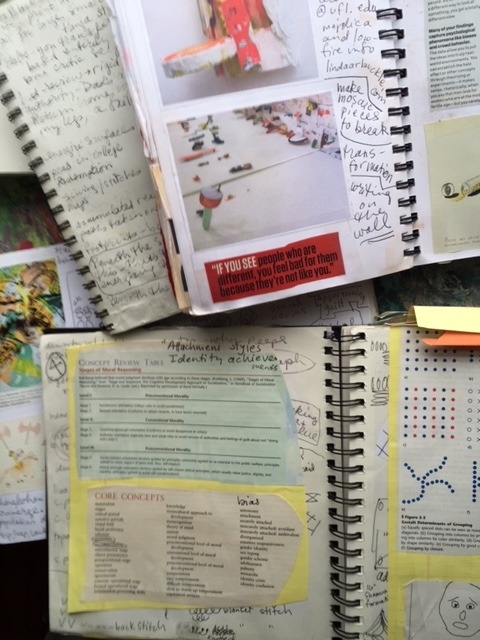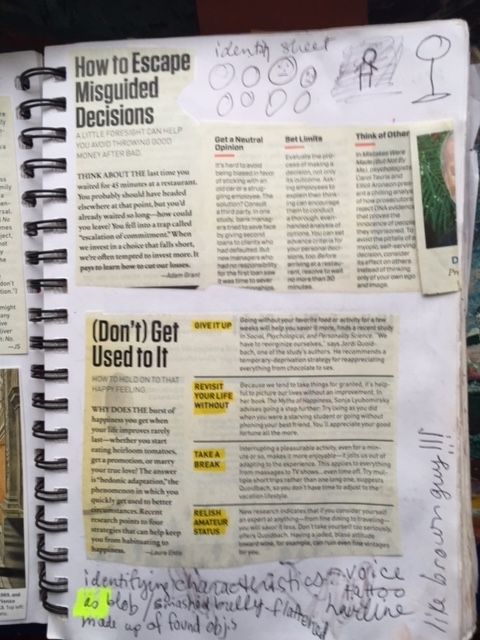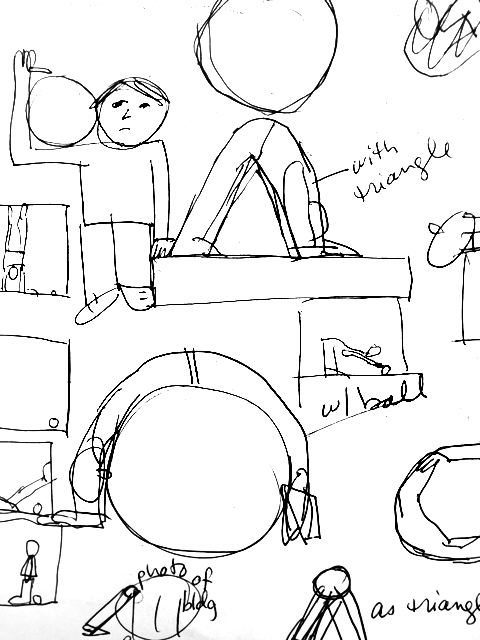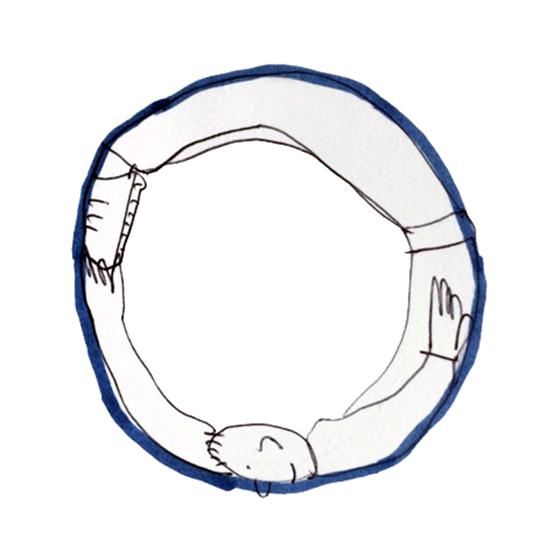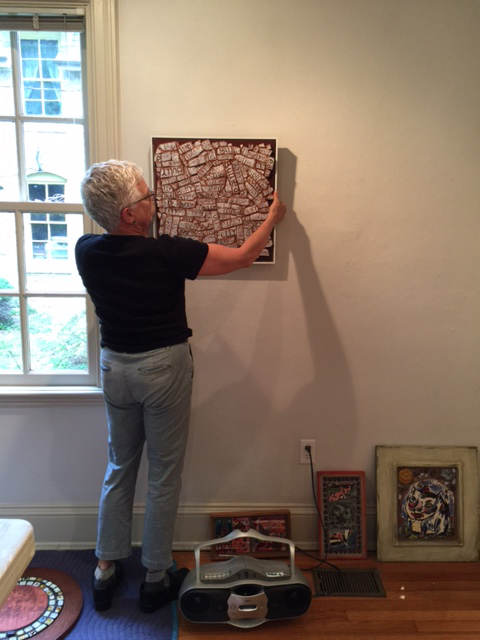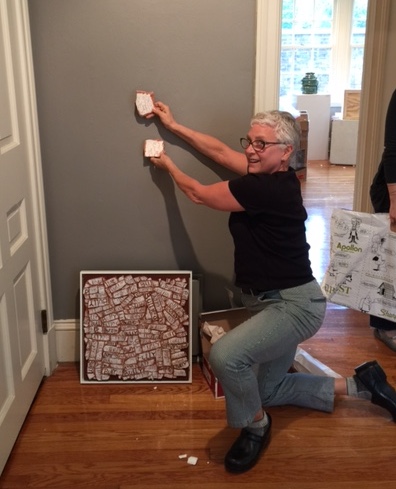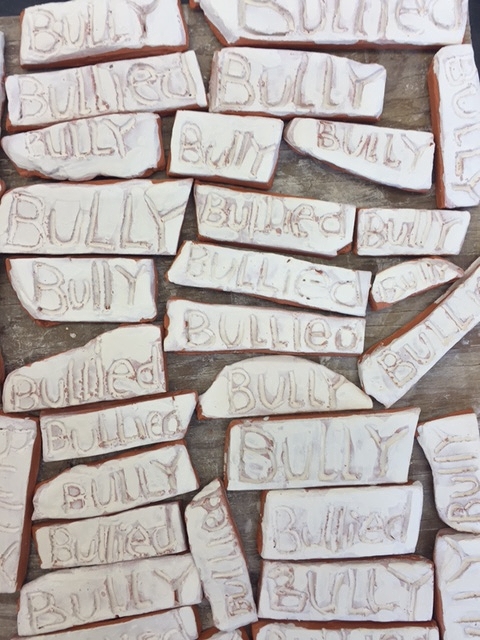I love Law and Order, the cop show. Pretty lame, I know. You can almost always find it playing on some channel. I find the show comforting; the bad guys commit a crime and the good guys solve it, capture the bad guys, and bring them to Justice. Ahh…if it were only that simple.
Often, the show begins with the cops canvassing the neighborhood, looking for someone who might have witnessed the event. For the most part, people didn’t see what happened or don’t want to get involved. Sometimes, the person who denied witnessing the crime, after doing a little soul-searching, comes forward and helps the cops find the culprit. It seems easier not to get involved and in fact, witnesses can be put into witness protection programs for their own safety. They give up their identity and take on a new one.
Were you there? Did you see anything? Is there a moral imperative to step forward? There’s always a risk when you do that. A Facebook friend posted a photo of me with some people. I was there. I’d forgotten all about the event. I wasn’t committing a crime, of course. But I started thinking about what “being there” means.
Atrocities are occurring all over the world, in our homes, and in our neighborhoods. We hear, see and witness so much. We can’t possibly respond to all of it. So, what happens to “being there”? It’s in our purview, it’s too late, we already know about it. It’s not a solution, but the figures in “Shouting It Out” let out periodic roars, and it seems to help.
Shouting It Out is a 16”x13”x13” ceramic vessel. It will be exhibited in a show at Baltimore Clayworks. The show is called Graphic Clay: A Survey of Illustrated, Printed and Innovative Surfaces juried by Jason Bige Burnett. The opening reception is Friday, March 13, from 6-8pm and runs through May 9.





